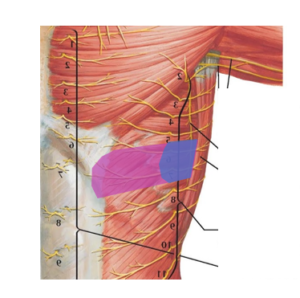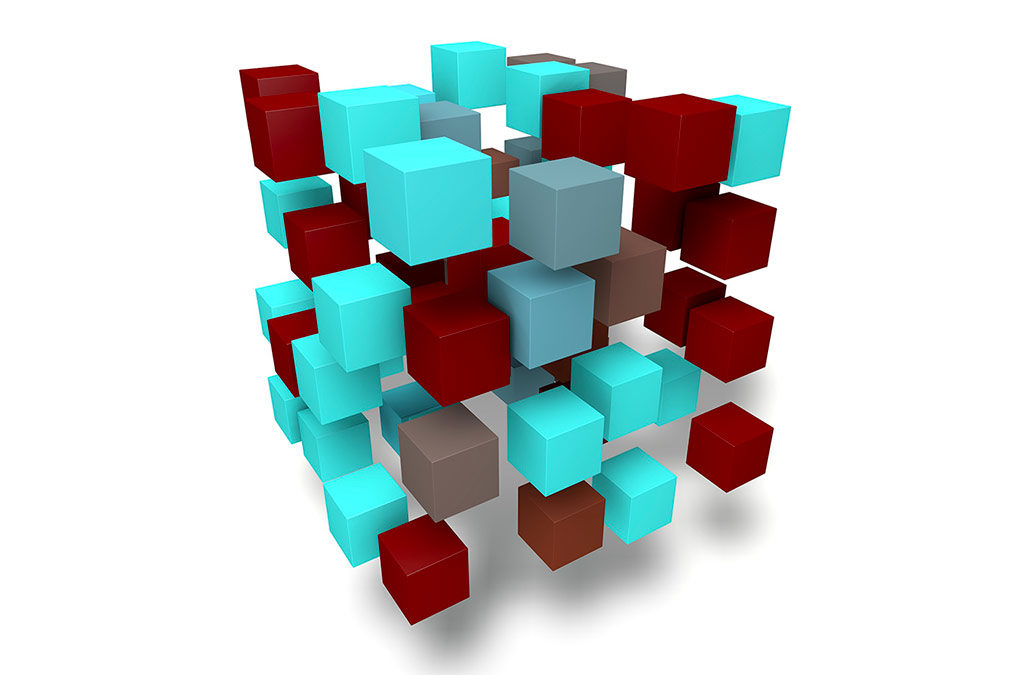The Fascial Manipulation Method is a publication featuring actual case reports. This publication is dedicated to the deepening our understanding of the common dysfunctions we encounter in our clinical practice, how they present and how they can be treated with Fascial Manipulation. Professionals tell us their cases, accurately describing the patients symptomatology, the working plan they have chosen and the results obtained due to the treatment. The names of the patients have been modified for privacy reasons.
Patient comes to the clinic for hyperalgesia/dysesthesia following an episode of herpes zoster five years ago. The patient had already presented to the clinic for acute sciatica, which now appears almost resolved. In that visit he reported the presence of this “burning”, so he returns in the hope of controlling it.
The extent of dysesthesia is at the level of the T6-T-7 metamere, in the region anterior to the latissimus dorsi on the left side and extending to the area of the ipsilateral midclavicular line (purple region). The skin is of of normal colour and trophicity without any visible alteration.

We hypothesise that the System: Cutaneous-Thermoregulatory is involved.
Since more than one metamere is involved, palpation begins at the hinge point, re-meth2, which is highly positive homolaterally.
We proceed with the treatment. After re-me-th2 the patient already has a 30% improvement in the brush/soft touch test of the region. We continue with the superficial fascia treatment at the level of the an-la-th quadrant which improves the symptom by up to 60%. Only a small dysesthetic area remains,just anterior to the latissimus dorsi (blue area).
In the second session, the patient reports a substantial maintenance of the results. We proceed again with the System: Cutaneous-Thermoregulatory, evaluating the hinge point re-me-th1 which appears densified. It is therefore treated together with the area of the nerve root emergence in the an-la-th1 region. The patient reports an improvement in the “burning” in the region (blue zone). We conclude by treating q-an-la-th1 again with double knuckles.
At the end of the treatment, the patient a reports resolution of the symptoms.
At a 3 week follow up, the patient reports be pain free both at rest and to the touch.

